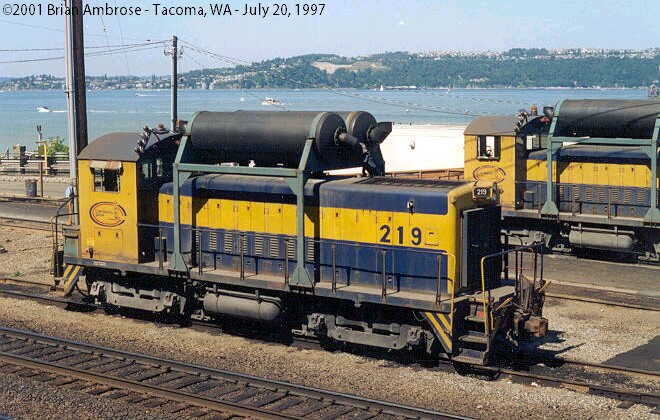| It is currently Wed May 28, 2025 4:14 pm |
|
All times are UTC - 5 hours [ DST ] |
7 Children Burned at Southeastern Railway Museum in Duluth
Moderators: Rick Rowlands, tomgears, Randy Hees
 
|
Page 2 of 3 |
[ 31 posts ] | Go to page Previous 1, 2, 3 Next |
|
| dinwitty |
|
||
|
Joined: Wed Oct 22, 2008 8:18 pm Posts: 2226 |
|
||
| Pegasuspinto |
|
||
|
Joined: Fri Mar 26, 2010 11:43 am Posts: 777 |
|
||
| Dougvv |
|
||
|
Joined: Sat Aug 21, 2004 10:52 pm Posts: 914 |
|
||
| QJdriver |
|
||
|
Joined: Sun Sep 05, 2004 9:48 am Posts: 1654 Location: Byers, Colorado |
|
||
| Bulby |
|
||
|
Joined: Tue Nov 12, 2013 6:45 pm Posts: 258 |
|
||
| PaulWWoodring |
|
||
|
Joined: Fri Aug 27, 2004 4:02 pm Posts: 1837 Location: Back in NE Ohio |
|
||
| QJdriver |
|
||
|
Joined: Sun Sep 05, 2004 9:48 am Posts: 1654 Location: Byers, Colorado |
|
||
| PaulWWoodring |
|
||
|
Joined: Fri Aug 27, 2004 4:02 pm Posts: 1837 Location: Back in NE Ohio |
|
||
| Bobharbison |
|
||
|
Joined: Fri Dec 03, 2004 9:42 pm Posts: 2949 |
|
||
| dinwitty |
|
||
|
Joined: Wed Oct 22, 2008 8:18 pm Posts: 2226 |
|
||
| Bobharbison |
|
||
|
Joined: Fri Dec 03, 2004 9:42 pm Posts: 2949 |
|
||
| robertjohndavis |
|
||
|
Joined: Mon Aug 23, 2004 8:10 am Posts: 2499 |
|
||
| Bulby |
|
||
|
Joined: Tue Nov 12, 2013 6:45 pm Posts: 258 |
|
||
| Alan Walker |
|
||
|
Joined: Sat Sep 04, 2004 10:54 am Posts: 1184 Location: Tucson, Arizona |
|
||
 
|
Page 2 of 3 |
[ 31 posts ] | Go to page Previous 1, 2, 3 Next |
|
All times are UTC - 5 hours [ DST ] |
Who is online |
Users browsing this forum: Google [Bot] and 130 guests |
| You cannot post new topics in this forum You cannot reply to topics in this forum You cannot edit your posts in this forum You cannot delete your posts in this forum You cannot post attachments in this forum |



